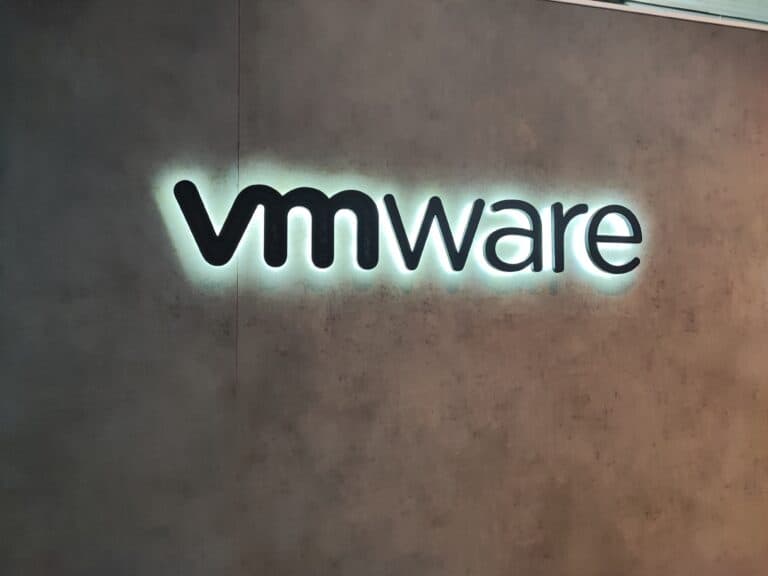VMware has been split into four divisions following its acquisition by Broadcom. CEO Raghu Raghuram has also stepped down.
The Register discovered the restructuring. Only one of the divisions retains the VMware name. VMware Cloud Foundation (VCF), the most successful product within the VMware offering, will still be led by Krish Prasad. It will include the existing initiatives around Private AI with Intel, IBM and Nvidia. Broadcom CEO Hock Tan says he is particularly keen to support VCF. “At the core, Broadcom will invest in VMware Cloud Foundation, the software stack that serves as the foundation of private and hybrid clouds.” he said in a blog post. “VMware Cloud Foundation fits into Broadcom’s vision of helping customers convert the typically heterogeneous enterprise IT infrastructure into a virtualized and containerized environment, enabling private and hybrid clouds.”
In addition, Tanzu will continue to be led by Purnima Padmanabhan. Earlier this month, we discussed what innovations the application development platform was going to make. Improvements to increase ease-of-use for developers will remain on the agenda now that Broadcom is taking the reins at the former VMware.
In addition, Broadcom retains Software-Defined Edge, still with Sanjay Uppal as VP and GM. The fourth division consists of Application Networking & Security, once again with Umesh Mahajan at the helm.
What are Hock Tan’s plans?
Hock Tan revealed during an interview that the integration between Broadcom and VMware products does have its limits. For example, Broadcom’s networking hardware would “not really” integrate with VMware cloud and hybrid cloud software. Given that the acquisition demanded a lot of attention from competition authorities in the U.S., Europe and China, that’s not a surprising promise. “The whole concept of virtualization is to be hardware agnostic,” Hock Tan stated.
Before the deal was done, the Broadcom CEO promised that there would be an annual 1.8 billion euros available for R&D for VMware products. However, when asked about this on Wednesday, Hock Tan maneuvered his answer toward “execution”. In other words: deployment of existing offerings should become easier, he believes. Distributed firewalls and load balancers, for example, should be automatically ready when app deployment occurs.
Round of layoffs
The positive messaging does coincide with the termination of a significant amount of VMware employees, however. Although Hock Tan did not mention this, it was previously known that VMware had begun laying off staff. In addition, VMware CEO Raghu Raghuram addressed both employees set to work for Broadcom and those who will find their “next chapter elsewhere” at his farewell.
Incidentally, VMware has already integrated with the software of Symantec recently, which is also a subsidiary of Broadcom. Since VMware and Symantec have similar services, it is hard to imagine that the former’s offerings will not be cut. After all, the process of making cuts has already begun.
Also read: VMware tells its competitors what a true sovereign cloud is
